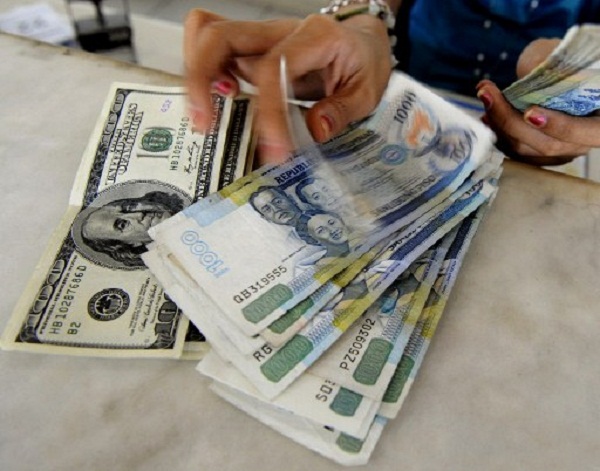
AFP FILE PHOTO
MANILA — The peso fell on Tuesday, to a fresh almost 11-year low of 50.77:$1, the weakest since the close of 50.795:$1 on Aug. 31, 2006.
At the Philippine Dealing System, the peso reached an intraday low of 50.83:$1 and a high of 50.7:$1 after opening at 50.73:$1. It shed seven centavos from Monday’s close of 50.7:$1.
The total volume traded jumped to $653 million from $255.95 million last Monday.
In a note to clients Tuesday, ING Bank Manila senior economist Joey Cuyegkeng said the Philippine peso “remained an under-performer” as it “weakened anew week-on-week and moved in an opposite direction from other Asian currencies which exhibited week-on-week strength.”
“We attribute the under-performance to the wider-than-expected trade deficit for May. The report comes after the Bangko Sentral ng Pilipinas validated the market’s fear that this year could see the first full-year current-account deficit since 2003,” Cuyegkeng said.
Last week, the government reported that the country’s balance of trade in goods remained at a deficit of $2.753 billion last May — the widest to date, as the year-on-year growth in imports outpaced the increase in merchandise exports that month.
The state planning agency National Economic and Development Authority expects the trade-in-goods deficit to be sustained until yearend as there would be more capital goods imports to be used as equipment for upcoming major construction projects, according to Socioeconomic Planning Secretary Ernesto M. Pernia in a statement last week.
For 2017, the BSP expects the current account to revert to a deficit of $600 million from last year’s $600-million surplus, as the projected 10-percent growth in imports would outpace the 5-percent exports growth. SFM